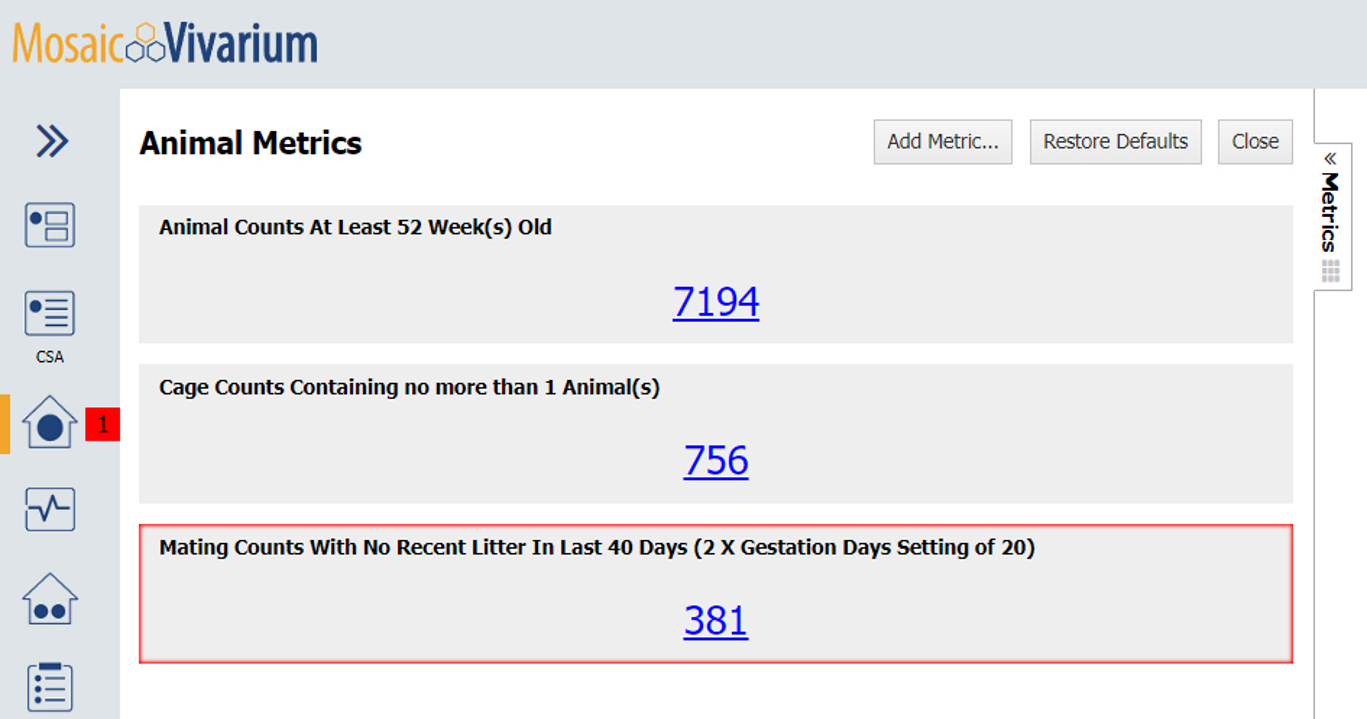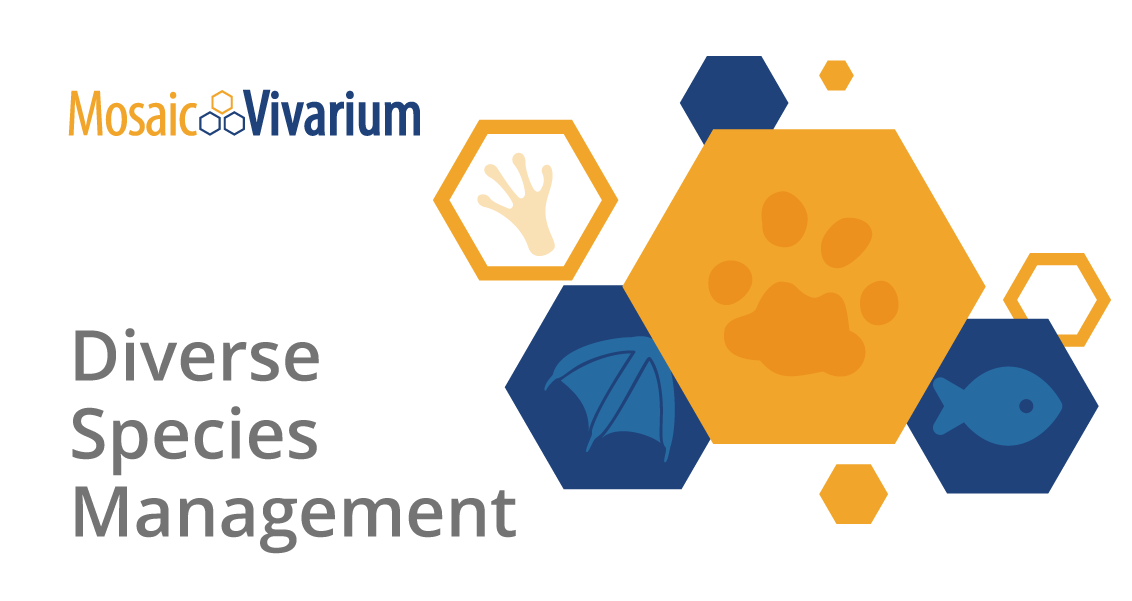How to Use Real-Time Mosaic Vivarium Information To Make Cost-Saving Decisions
Facility managers and researchers alike have developed best practices in the use of laboratory animal resources. Some of those practices are aimed at minimizing the use of animals while others are aimed at minimizing the use of research funds. In this article, we’ll examine how real-time information can further improve time-tested cost-saving practices.
Generating transgenic mouse lines, their care, and subsequent study can cost many thousands of dollars. Cage maintenance costs alone range from $1 to $2 per day ($365 to $730 USD per cage-year). When cages can be reduced, research funds go further.
Take Action with 3 Time-Tested Best Practices
- Eliminate aged-out animals. Cost-conscious researchers take several obvious steps to reduce cage costs. For example, experiments that depend on animals in a specific age range do not benefit from excess population beyond that range. These cages may be eliminated.
- Terminate under-producing breedings. Breedings which are not producing the expected results can also be terminated and their cage space costs eliminated.
- Consolidate under-occupied cages. When cage mates are compatible, under-occupied cages are an obvious target for consolidation and further reduction in housing requirements.
How Can Mosaic Vivarium Help?
If we already understand these practices, how can “real-time Mosaic Vivarium information” help? The answer is surprisingly simple: using a database to monitor the state of animals and cages allows investigators and staff to initiate these time-tested steps more promptly.
One study presented at the 2008 AALAS conference by a team of veterinarians and programmers at Genentech answered this question by measuring research cage loads before and after the transition from Excel spreadsheets to a web-based vivarium database. They found a reduction in cage load of 11%.
How Does Mosaic Vivarium Facilitate Best Practices?
Mosaic Vivarium provides researchers and facility staff with convenient web-based access to the information that drives best practices. Users can configure a dashboard of interesting metrics, including those discussed in this article.
Armed with this information, researchers can promptly perform or request tasks resulting in cage reduction.
Active Notifications For Even Faster Response
Mosaic Vivarium also provides a Notification mechanism in most areas of the database. This feature allows users to schedule emails when data meet specified requirements. By reducing the need to actively monitor the database, Mosaic Vivarium greatly increases your ability to promptly execute the practices that will save research funds.
To learn more about how Mosaic Vivarium can help your facility save money and uphold best practices, schedule a free demonstration today!


















